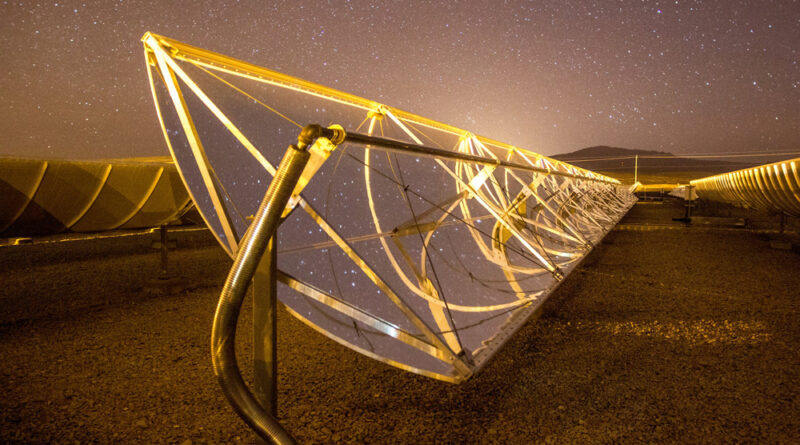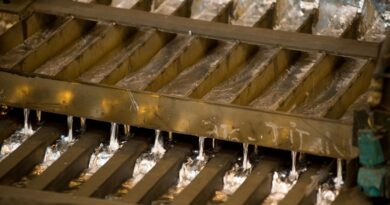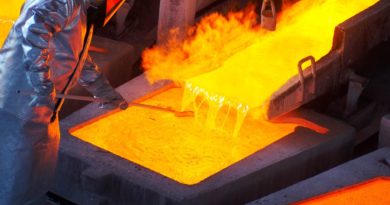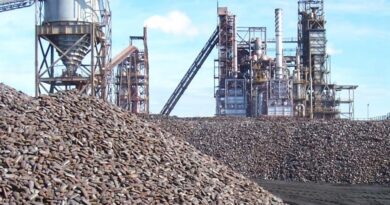Solar power emerging as a major tin use
The International Tin Association estimates the solar industry will use over 22,000 tonnes of tin in 2022, passing the 20,000 tonne threshold.
The new estimates come after PV Tech released their PV Manufacturing & Technology Quarterly report, expecting global solar module production in 2022 to increase 45% year-on-year to 310GW – a figure almost 20% higher than ITA’s previous forecast.
Tin is a crucial part of solar power infrastructure. Solar panels are formed of many individual solar cells, connected by “solar ribbon”. This ribbon is a copper wire, coated in a thin layer of tin solder. The ribbon carries the charge to the edge of the panel, where it feeds into junction boxes. This electrical system also requires solder connections – as does the grid infrastructure.
In line with module production, tin use in the industry has been rapid, growing more than six-fold in the past decade. Growth has been driven by China, dominating production with an estimated 85% market share. The PV industry now makes up 10% of China’s tin use and is already its third largest end-use sector.
Demand for solar power does not seem likely to slow.
Optimistic installation forecasts of 100GW for China this year have been suggested – an 82% YoY increase from an already record breaking 2021. Perhaps unsurprisingly, a record number of modules were also exported to Europe, exacerbated this year by the drive away from reliance on Russian gas.
Forecasts for the coming year vary widely. Longi Green Energy Technology Company, one of the world’s largest solar companies, is expecting China’s installations to reach 150GW next year, according to Morgan Stanley. They expect global installations to reach 400-500GW. More conservative global forecasts from BloombergNEF suggest 316GW. Assuming module production follows the same growth pattern, it is not inconceivable that tin use in solar will be the fourth largest end-use by 2025.
Tin prices have rallied and fallen back in recent days, in line with other base metals, driven mainly by macroeconomics. China’s COVID policy relaxation and subsequent record cases have been a typical factor driving sentiment.
Fundamentally, there has been some tightness in ASM tin supply linked to low prices, with some restrictions also in Indonesian supply. Demand is still lack lustre, though some bright spots for the US and for sectors such as solar and automotive.
Prices seem to be finding a new level, with continued weakness in the approach to year end.




